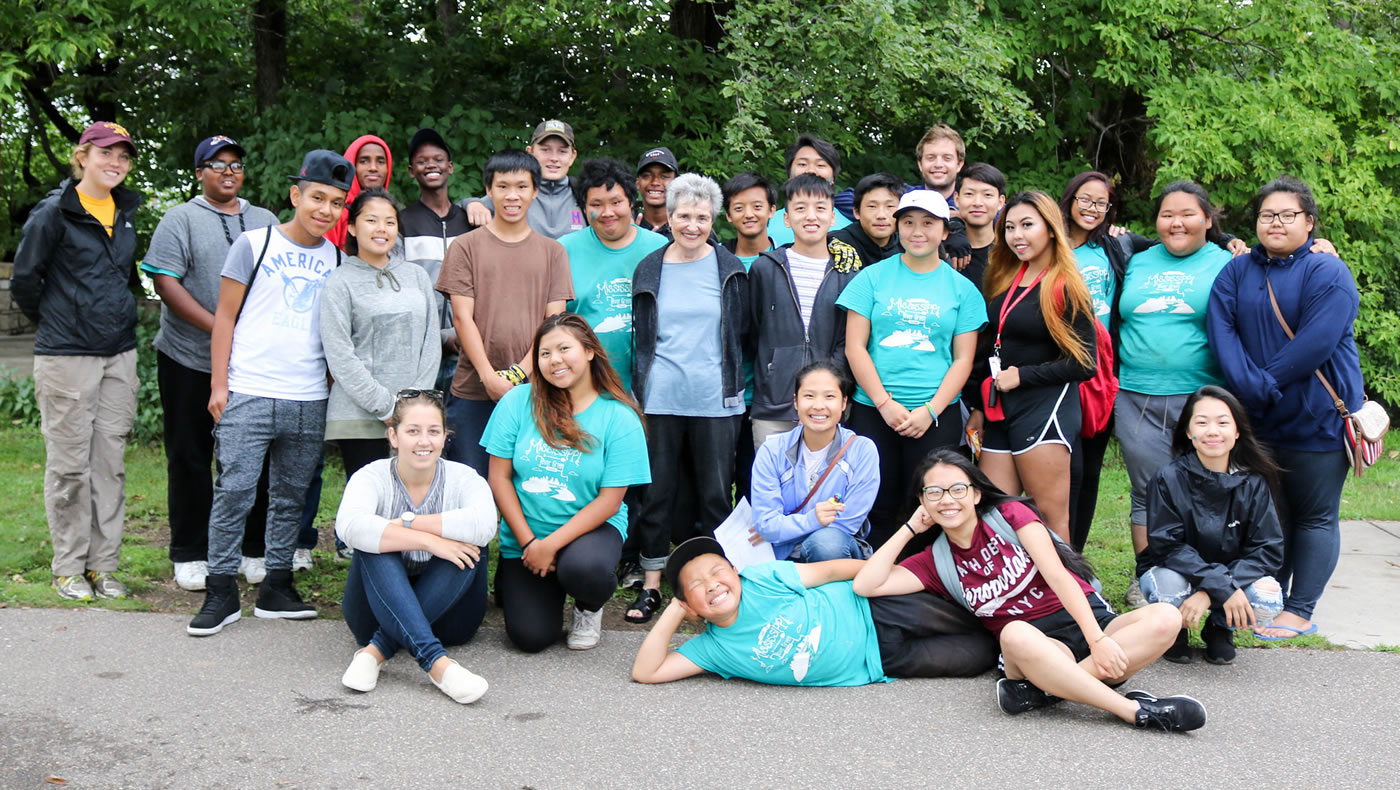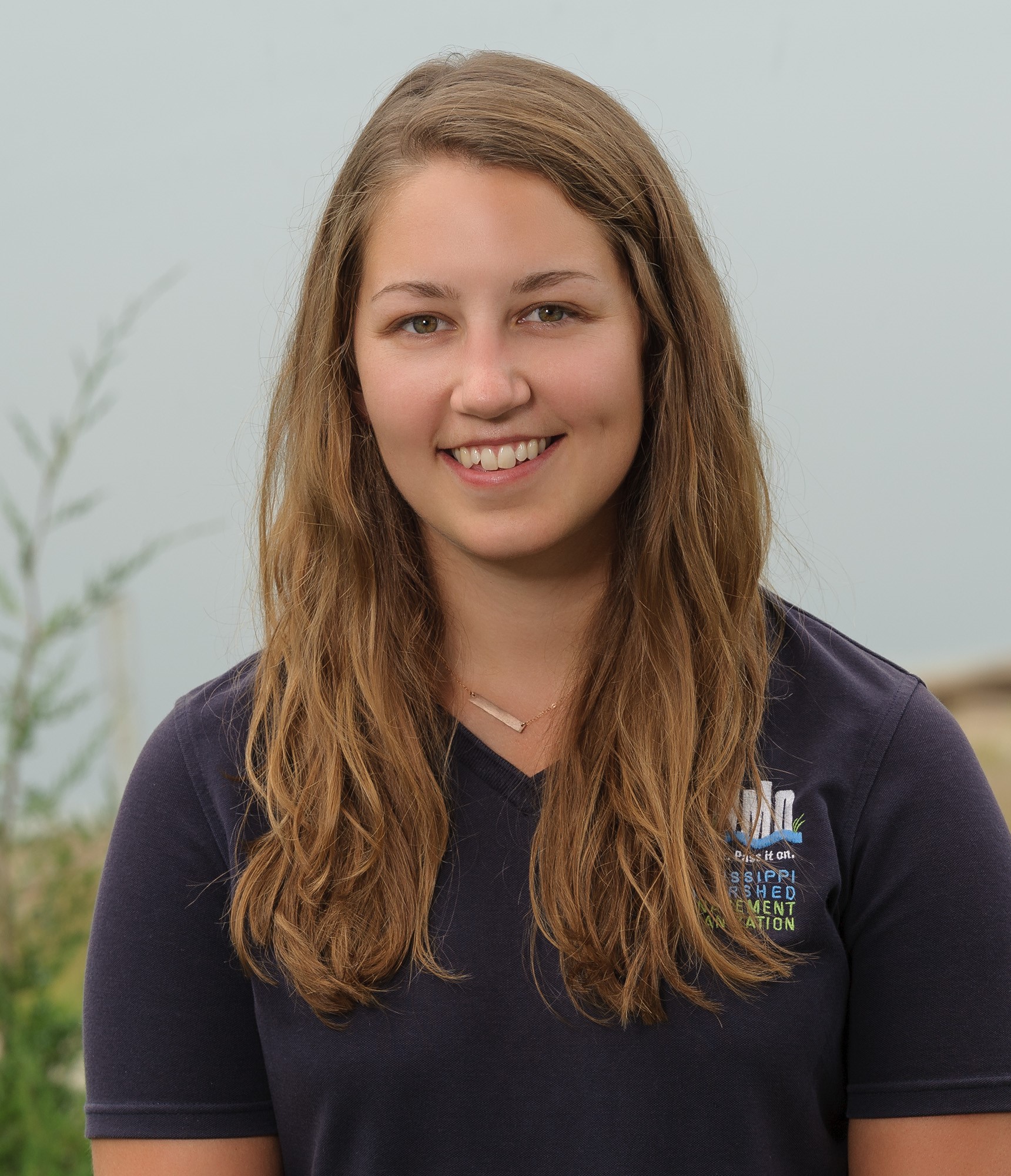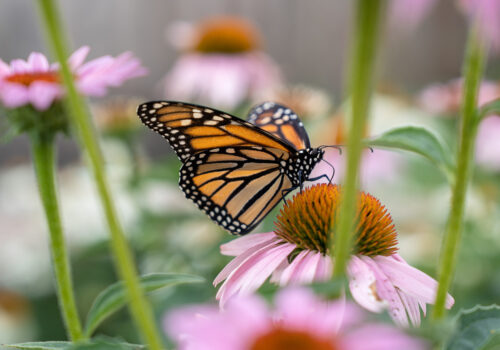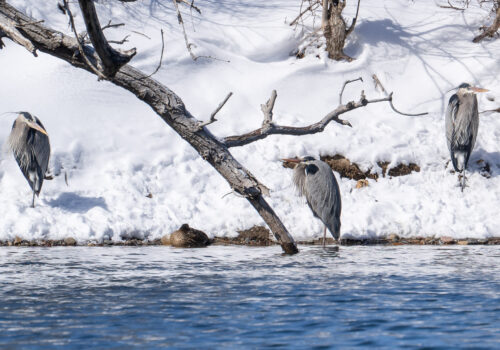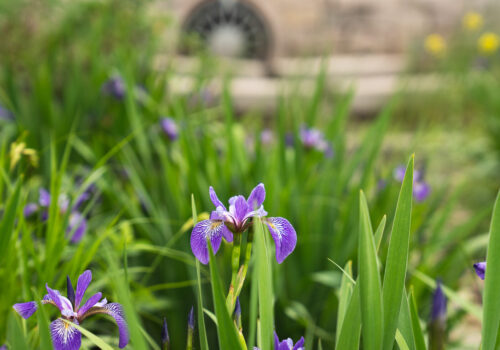Ruth Murphy Brings a Lifetime of Community Building to the Mississippi River Green Team
For more than 10 years, Ruth Murphy has played the role of unofficial godmother to a group of Minneapolis teens. She helps them get to work on time, brings them treats, and makes sure they drink enough water. She knows each one of them individually — and their families too. And when they see Ruth coming, the kids snap to attention. They smile, work harder and talk more politely. Even they acknowledge this.
“I like watching everybody work harder when Ruth comes,” said Fong Yang, one of Ruth’s former proteges.
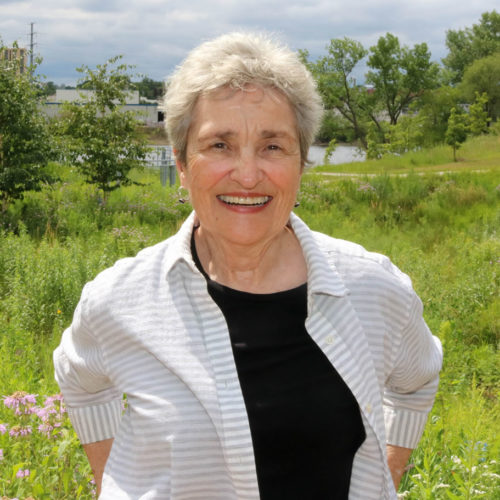
Ruth is the youth and family liaison for the Mississippi River Green Team. In that role, she’s helped steward more than 100 young people like Fong through a program that prepares them for environmental careers. Green Team members spend two years in a mentored job experience, learning and practicing conservation skills. Afterward, they are a part of a supportive network that helps them pursue their career goals.
A major purpose of the Green Team is to help diversify the environmental workforce — to encourage youth who traditionally might not enter environmental career fields. In this, Ruth plays a critical role. Many of the teens who join the program come from underserved communities, and Ruth is the problem-solver who helps them work through issues that stand in the way of their success. Those issues can be as complicated as a death in the family, or as simple as keeping parents in the know about what their kids are up to.
“She makes sure that my parents are updated, to know what we’re doing and where we’ve been, since I’m not telling them much these days,” said Kue Thao, a recent Green Team graduate whose siblings have also been through the program.
Ruth also works to keep team members motivated, and to retain them in the program. When a team member is struggling, she pinpoints the problem and helps solve it before they drop out. If a team member is misbehaving and isn’t fazed by a “write-up” from their supervisor, a phone call home from Ruth can often be a stronger motivator.
Above all, Ruth says her relationship with the Green Teamers’ families helps them succeed. Families need to be as committed to the program as the team members themselves.
“The family connection plays an important role in the ongoing relationship we have with these kids,” Ruth said. “They know that we know their families. They know that the families know where they are supposed to be and what they are supposed to do, and it works.”
Ruth helped found the MRGT program, which was launched in 2007 through a collaboration between the MWMO and the Minneapolis Park and Recreation Board. Last year, a program evaluation by Wilder Research found that Green Team alumni experienced a number of lasting benefits from their participation in the program. Highlights from their study included that:
- 100 percent of alumni expressed caring more about environmental issues compared to before they were on the team;
- 75 percent of alumni said that they learned “a lot” about environmental jobs;
- Of the 11 alumni who were enrolled in college as of fall 2017, eight indicated plans to major or minor in something related to the environment; and
- Nearly 40 percent of alumni have held some kind of seasonal job related to the environment since they were on the team.
From the start, Ruth has been at the center of the program’s success. In addition to founding the program with the MWMO and the MPRB, Ruth has been the driving force bringing kids into the program and keeping them engaged. But Ruth’s story goes much further back than just her time with the Green Team.
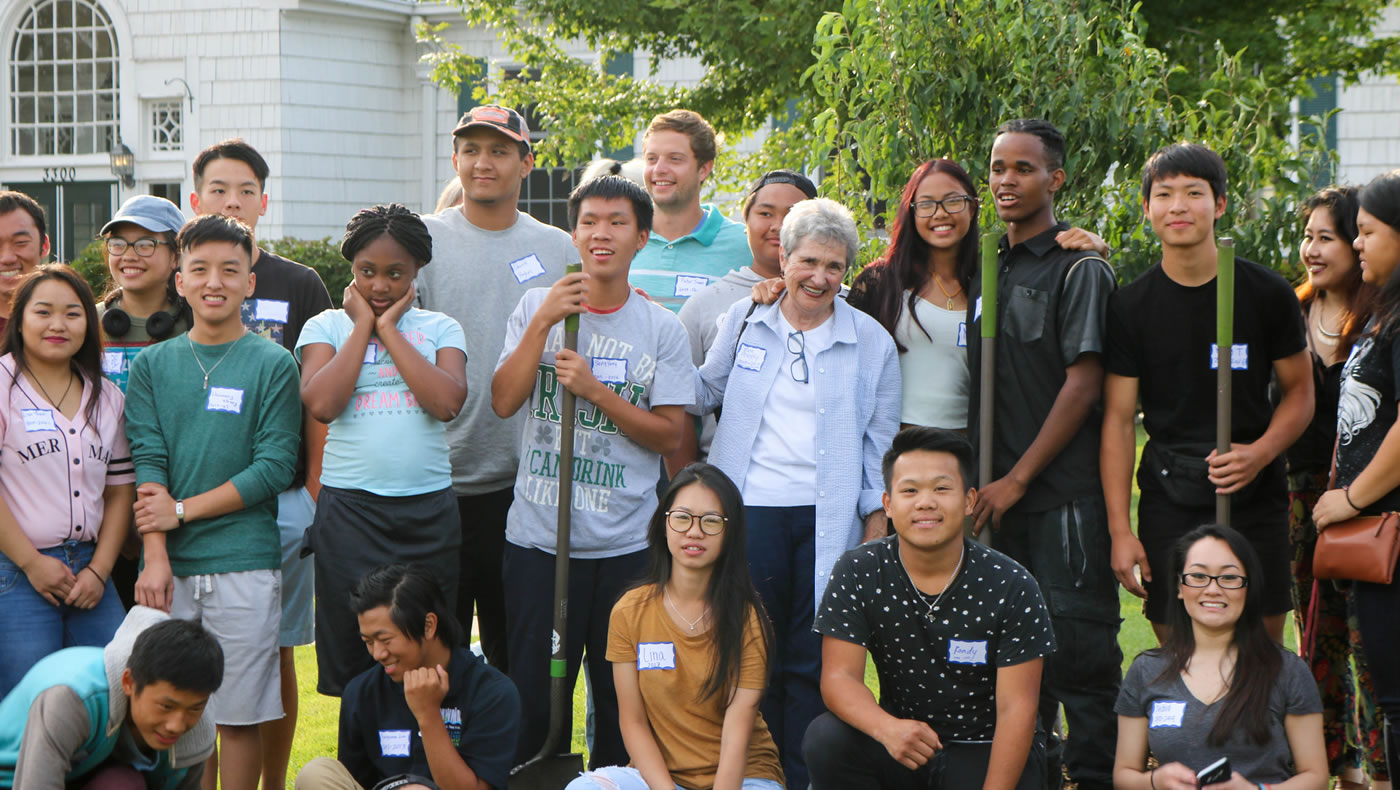
Ruth’s Many Roles in Life
Ruth has dedicated her entire career to community development. A music major in college, she taught before starting a family and settling in Minneapolis. There, she discovered a local co-op, which changed her thinking about food and sparked her interest in the environment. When racial tensions and protests flared in the late 1960s, Ruth, a self-described “housewife” at the time, felt called to action. She began looking for ways to help.
Ruth became the president of a Saul Alinsky organization called the Greater Metropolitan Federation. There, she helped lead the fight against redlining (a form of housing discrimination) in Minneapolis and St. Paul. She also took on other anti-discrimination issues, such as the ability for women to get credit (i.e., without a husband’s permission).
“It was all about social change, and there were major issues that we made an impact in in this city,” Ruth said.
After a divorce, and with five children to support, Ruth went back to work. She found employment at the Urban Coalition, as a lobbyist and researcher on revenue sharing. From there, she became the executive director at the Community Design Center of Minnesota (now known as Urban Roots), where she worked passionately for the next 33 years.
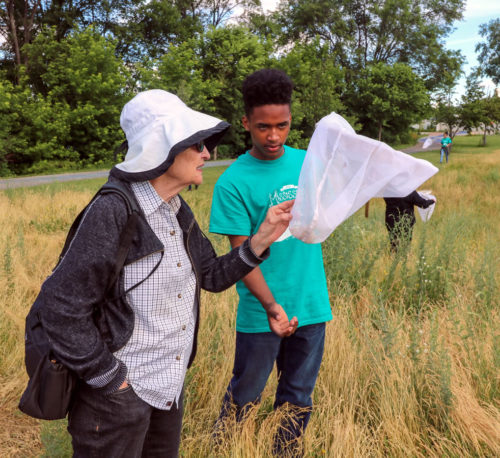
Design centers were popping up all over the country in response to the urban crisis of the 1960s. Their purpose was to work on planning and designs for projects that would help improve social and economic conditions in urban communities and neighborhoods. Inspired by her local co-op and her family, Ruth began to focus her work at the center on food and the role of children in a community.
She led a team to develop an East Side Garden Corps that developed seven community gardens on the East Side of St. Paul. She also helped develop an East Side Conservation Corps, which involved youth in restoring a major piece of land — now known as Bruce Vento Nature Sanctuary — near Dayton’s Bluff. Ruth saw this as an opportunity to engage youth in a meaningful way that not only impacts their community, but the health of the local environment.
As she was nearing retirement, Ruth met with staff from the MWMO, who were interested in utilizing her expertise to develop a new youth conservation program. The MWMO and the MPRB partnered with Ruth to create the new program, known as the Mississippi River Green Team. The rest, as they say, is history.
Virtually everyone involved in the Mississippi River Green Team acknowledges that Ruth has been key element in its success. For these young people learning new job skills, Ruth serves as a different kind of authority figure — one who makes them feel appreciated rather than simply telling them what to do.
“She really cares for everybody on the team,” says Green Team Supervisor Peter Swan. “It adds a whole other level to getting kids to buy into the program and work through their issues that they’re bringing in.”
Ruth said she’s has been excited to see the program’s positive impact on its youth participants. She believes Green Team members who go on to environmental careers will have an opportunity to affect change in their own communities and beyond.
“I’ve had over 40 years of involvement in this kind of work and it makes me so happy to see the results that we are seeing now, with some of these kids actually getting degrees in the environment,” Ruth said. “It’s going to change the way they live, it’s going to change their families. Eventually, it’s going to change the way they understand the world.”
